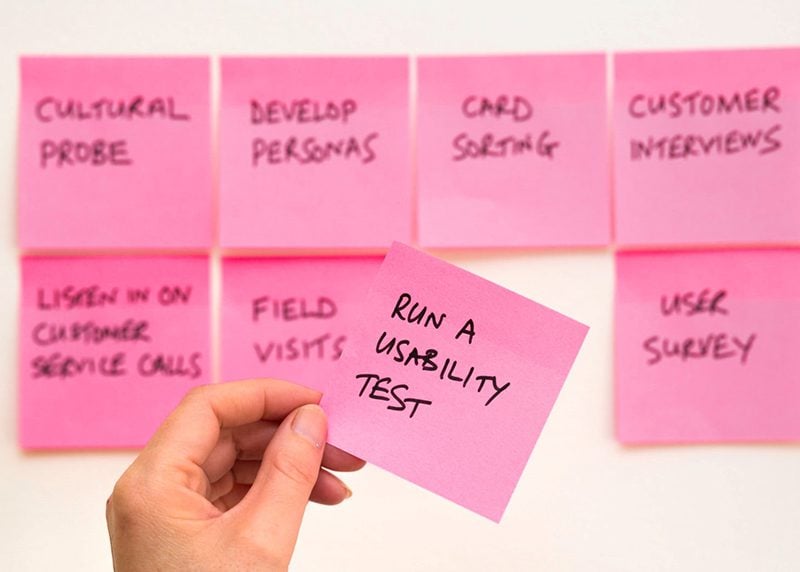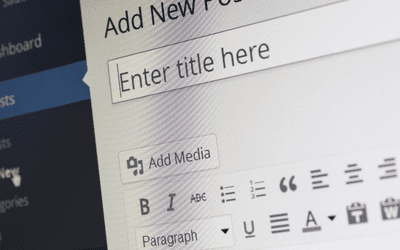Even seasoned pros get mired in the terminology surrounding content creation. Besides that, the industry is full of change. Still, these industry terms—course design and course development are, at times, used interchangeably. Yet, course design and course development are two distinct actions. Therefore, here is a primer to explain the differences.
What is Course Design: The Big Picture
This stage of course design is the fun part of content creation! Here is the spark that creators say, “I have an idea for a course.” “Yes! It’s a course.” Besides that, creating courses is fun. Most importantly, the beginning stages of projects can push the imagination to create without limitations. Here is when the course creators envision the course and develop a course design. Seasoned pros will work with teams to sketch out the course flow. Experienced instructional designers will listen to the flow of ideas. ID pros will ask how to fill the learning gap. They partner with stakeholders to bring the course into existence.
What is Course Development: The Big Build
Most importantly, this stage is the hands-on build of the course. Here, the process moves from the big picture storyboards to the minute making of the content, creating the course development. Programmers code simulations. Videographers record role plays. Voice talent records audio. IDs fill in question banks. In smaller organizations, one or more can complete these different jobs. Large organizations may have departments devoted to each specialized skill. Therefore, an organization benefits from working with an experienced instructional design or course development company. Besides that, seasoned project leaders understand the importance of using subject matter experts. IDs know how to work with SMEs to create the unique content each course needs.
10 Key Differences Comparison Table
Course Design
- The course design process is when the creator sees the need for a course.
- Answers the who? Identifies audience(s).
- Identifies the what? Narrows the course topic and identifies microlearning opportunities.
- Prioritizes course objectives.
- Answers the why? Determines what learning need the course fills (e.g. competency, standard, compliance, skill gap)
- Determines how the course will be laid out.
- Answers how the course and the student success will be measured, how the course will be marketed.
- Outlines what engagement activities, skill builds and learning experiences are needed to build competency or address learning gaps.
- Determines which technology to use to create learning experiences. Also, matches tech to internal and audience limitations.
- Researches the course topic:
- Identify sources
- Locate Open Educational Resources, if any
- Determine translation needs
Course Development
- The course development process is when the team builds the course.
- Speaks to the target audience.
- Dives deep into the identified topic and builds microlearning modules.
- Builds the lessons, course content, scripts, lesson plans, lessons, introductions, assessments, and support materials that align to the course objectives. Mocks up the interactivity pieces, code the interactive components, builds it into the course shell, adds the audio, and the voice-over.
- Ensures the course, support materials, and assessments reinforce why the learner benefits from the course.
- Creates the course shell, completes all content on identified templates, adheres to branding.
- Makes and aligns to the metrics, creates tests, assessments, surveys and builds the interactivity, writes the “wrong answer” boxes.
- Writes specifics of the engagement activities, creates the graphics, shoots video, edits video, edits audio, creates interactivity pieces, builds the learning experiences, builds the resources into the course.
- Tests the technology, tests learning management system, tests interactivity on different browsers, mobile, and offline.
- Assembles the interactivity, the lesson plans, and the content, based off the research given.
Summation
In sum, course design and course development are two distinct processes. Together they make a dynamite course, a course that students want to take! Besides that, course design and course development are powerful tools in the hands of experienced pros. In the right hands, a course embodies the science of learning and the art of play.




